Marketing
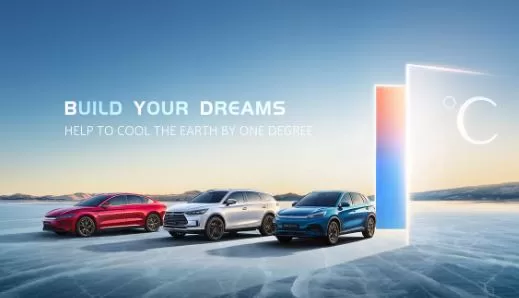
BYD marketing strategy is constantly evolving as the EV market landscape changes. They are adapting to new customer demands, emerging technologies, and competition from established and new EV players. BYD marketing strategy is attempts to communicate the brand’s unique selling proposition (UPS) to the target customer segment. BYD’s USP isn’t just a single thing, but rather a powerful combination of several key factors that set it apart from other EV manufacturers. Here are some of the most prominent elements: 1. Vertically Integrated Powerhouse. BYD controls almost every aspect of its EV production, from mining raw materials to assembling the final vehicle. This gives them a significant advantage in controlling costs, ensuring quality, and driving innovation throughout the entire process. 2. Blade Battery Advantage. Their proprietary Blade Battery technology is a game-changer. It offers higher range, faster charging, and enhanced safety compared to traditional lithium-ion batteries. This technology is a major competitive advantage and a key selling point for BYD customers. 3. Technology for Everyone. BYD strikes a unique balance between offering technologically advanced EVs at competitive prices. This makes them appealing to a wider range of consumers, not just those with deep pockets. Their price competitiveness often puts them at the forefront of accessible EV options. 4. Sustainability Champion. BYD is fully committed to promoting sustainable transportation solutions. Their entire focus is on EVs, unlike traditional car manufacturers offering both EV and gas-powered options. This clear commitment to clean energy resonates with environmentally conscious consumers. 5. Beyond Cars. BYD doesn’t limit itself to cars. They offer a diverse product portfolio including buses, trucks, taxis, and even forklifts. This caters to various transportation needs and allows them to tap into different market segments. 6. Innovation Engine. BYD constantly invests in research and development, pushing the boundaries of EV technology.…

Marriott marketing strategy is designed to reach its target audience of travellers and to encourage them to book a stay at a hotel or resort belonging to it portfolio. Marketing costs for the largest hotel chain in the world amounted to USD 635 million in 2022, USD 470 million in 2021, and USD 276 million in 2020[1]. Marriott marketing strategy focuses on the following key elements: – Brand differentiation. Marriott International differentiates its brand from other hotel companies by emphasizing its commitment to quality, service, and innovation. The company also offers a wide range of hotel brands to suit the needs of different travellers, from budget-minded travellers to luxury travellers. – Unique selling proposition. Along with its world-class amenities, commitment to customer services is unique selling proposition for Marriott hotels. Employees are trained to go the extra mile to make guests feel welcome and valued. – Customer segmentation. Marriott International segments its customers into different groups based on their travel needs and preferences. This allows the company to develop targeted marketing campaigns that are relevant to each segment. – Omni-channel marketing. Marriott International uses a variety of marketing channels to reach its target audience, including online, offline, and social media. The company also integrates its marketing campaigns across all channels to provide a seamless customer experience. – Product placement strategy. Product placement is one of the key elements of Marriott marketing strategy. One of Marriott’s most famous product placement deals was with the popular TV show “The Real Housewives of Beverly Hills.” The show featured the cast staying at the Ritz-Carlton, Los Angeles on several occasions. This exposure helped to position the Ritz-Carlton as a luxury hotel brand that was popular with celebrities and other high-profile individuals. Marriott has also placed its hotels in a number of successful movies, including “The Devil Wears…

Netflix marketing strategy assists in achieving company’s corporate mission of seeking to drive conversation around Netflix content to further enhance member joy. In 2022 The streaming service spent in total to USD 2,53 billion or 8% of total revenues for marketing.[1] Netflix marketing strategy is based on the following principles: – Guerrilla marketing. Guerrilla marketing refers to an advertisement strategy where a company uses unusual methods to draw attention of the public to the brand. The most notable cases of guerrilla marketing by the largest streaming service in the world include a hand crawling by itself in the streets of New York to promote Wednesday show, “Strange Mode” car sharing ride with Lyft and installing doll from Squid Game show in Sydney Harbour. – High level of service personalization. The entertainment services provider suggests personalized content to its users on the basis of the past viewed content. The on-demand media provider suggests personalized content in its platform, as well as, thorough emails to maintain the high level of customer retention. – Meme marketing. Netflix effectively uses social media marketing in general and meme marketing in particular to increase the level of brand awareness in the global scale. One can be forgiven for mistaking Netflix social media pages for pages for meme. – Remaining focused. Netflix only offers movies, series and documentaries. The platform does not offer news and live sports. By remaining focused on movies, series and documentaries alone, the company avoids overextension of brand image and continues to increase the value it provides to its core audience. Netflix Inc. Report contains the above analysis of Netflix marketing strategy. The report illustrates the application of the major analytical strategic frameworks in business studies such as SWOT, PESTEL, Porter’s Five Forces, Value Chain analysis, Ansoff Matrix and McKinsey 7S…
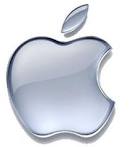
Apple marketing mix (Apple’s 7Ps of marketing) comprises elements of the marketing mix that consists of product, place, price, promotion, process, people and physical evidence. Product Element in Apple Marketing Mix (Apple 7Ps of Marketing) In 2010, before he became chief executive officer, Tim Cook claimed that Apple’s all products could fit on a single table. At that time the multinational technology company produced only 14 products.[1] It is different now. It has been noted that “no longer do the barista and the corporate executive use the same iPhone — today, there are high-end models, consumer models, and a long line of old products the company keeps around to fill every niche and price point.”[2] Today, Apple designs, manufactures and sells technological devices such as IPhone smartphones, IPad tablets, Mac desktop and portable personal computers and iPod digital music and media players. Moreover, the company generates revenues via iTunes and the iTunes Store, Mac App Store, iCloud and Apple Pay. Apple also develops iOS and OS X operating system software and a range of application software such as iLife and iWork. Lastly, Apple Corporation designs, manufactures and sells own and third-party Mac-compatible and iOS-compatible accessories, including Apple TV, headphones, cases, displays, storage devices and various other connectivity and computing products and supplies[3]. Apple also sells third-party digital content and applications through iTunes Store®, App Store®, Mac App Store, TV App Store, iBooks Store™ and Apple Music®. Table 1 below illustrates the full range of Apple products, their brief descriptions and additions in 2023: Product Categories Description Additions in 2020 iPhone A line of smartphones based on iOS operating system iPhone SE, iPhone 12, iPhone 12 Pro, iPhone 12 Pro Max, iPhone 12 mini Mac A line of personal computers based on macOS operating system 16-inch MacBook Pro, 13-inch MacBook Pro, 27-inch iMac iPad…
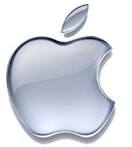
Apple marketing strategy is based on the founder Steve Jobs’s philosophy that customers do not always know what they want. Accordingly, instead of conducting marketing researches to identify customer needs and wants, the multinational technology company prefers to install innovative features and capabilities in their products, making customers to want Apple products. Under the leadership of Tim Cook since 2011 certain aspects of the business such as management style and company’s stance towards CSR have changed. However, the dismissal of marketing research remains to this day. Apple marketing strategy expresses the brand in minimalist, yet highly efficient ways. The world’s largest IT company by revenue is one of the first companies to successfully associate the brand image with being innovative, rebellious and non-conformist. Apple 7Ps of marketing is marked with a particular focus on the product element of the marketing mix and the company’s segmentation targeting and positioning initiatives are aimed at targeting users of premium products. Moreover, marketing communication mix of Apple Inc. places greater emphasis on print and media advertising and personal selling in Apple Stores and the company rarely uses sales promotions as part of its marketing strategy. Generally, Apple marketing strategy integrates the following: 1. Focusing on attractive value proposition. Apple’s value proposition is “beautiful design that works right out of the box with ever-smaller packaging”[1] The world’s largest IT company by revenue has been able to avoid price wars with competitors by emphasizing its unique value proposition in its marketing communication messages. Apple is a unique company in a way that it is a design firm, a media platform, a publishing company, a software powerhouse and a computer manufacturer – all at the same time. Such a position allows the company to communicate its value proposition to target customer segment in a cost-effective manner.…
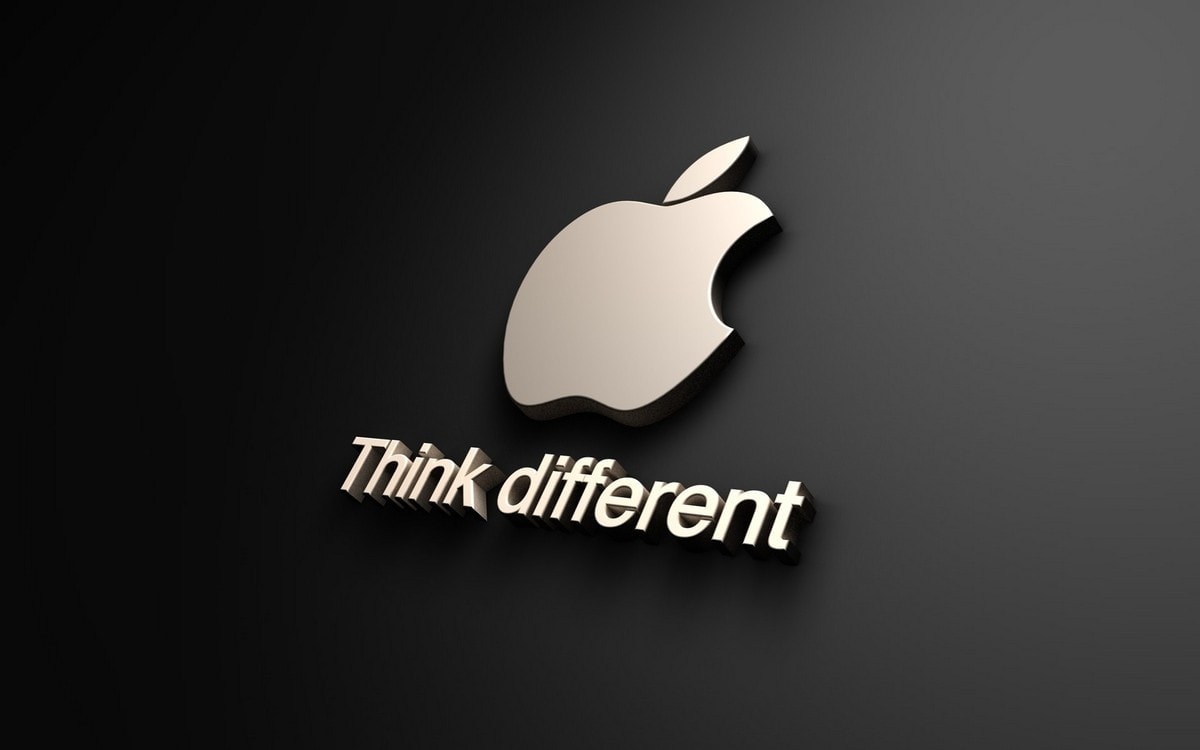
Apple marketing communication mix explains the company’s stance towards individual elements of the marketing communication mix such as print and media advertising, sales promotions, events and experiences, public relations, direct marketing and personal selling. The main aim behind Apple marketing communications mix is to communicate the marketing message of the brand to the target customer segment through elements listed above. Apple is effective in using elements of the marketing communication mix in an integrated manner to ensure the consistency of the marketing message. Apple Print and Media Advertising Since its foundation more than 40 years ago Apple has been using print and media advertising extensively to promote the brand in general and new products in particular. Some of the ads by the tech giant have become truly iconic raising the bar for advertisement globally. The following is the list of the most memorable print and media advertising campaigns launched by Apple: “1984” campaign directed by Ridley Scott and first shown during 1984 Super Bowl is widely considered as one of the most successful marketing campaigns of all times “The Quadra Revolution” is 1991 campaign that was a successful attempt by the tech giant to further itself ahead of the competition at the beginning of the digital age of 90s “Misunderstood”, a Christmas ad of 2013 won Emmy Award for the year’s most “Outstanding Commercial.” “40 Years in 40 Seconds” is a viral video that chronicles 40 years of the company in 40 seconds “Meu Bloco na Rua” (2017) is the latest ad released in Brazil for the Rio Carnival, highlighting the iPhone 7 Plus’ new portrait photography mode Apple also uses celebrity endorsements in print and media advertising extensively. In the past Apple’s ‘Think Different’ print and media advertising materials featured the images of innovators and pioneers in different areas…
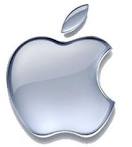
Apple segmentation, targeting and positioning represents the core of its marketing efforts. Segmentation, targeting and positioning is needed because no company or product can be all things to all people. Apple segmentation targeting and positioning initiatives include the following stages: 1. Segmenting the market. Segmentation involves dividing population into groups according to certain characteristics. Specifically, customers can be segmented on the basis of their place of living, demographic variables, behavioural traits, psychographic characteristics and other variables. Market segments need to be measurable, accessible, sustainable and actionable in order to be used for marketing purposes. 2. Targeting selected segment(s). This stage involves identifying segments that are most attractive for the business. In other words, targeting implies choosing specific groups identified as a result of segmentation to sell products to. The multinational technology company positions itself as a premium brand offering products and services with advanced functions and capabilities for additional costs. Accordingly, Apple target customer segment comprise well-off individuals who are willing to pay extra for technology products and services with advanced design, functions and capabilities. A common set of characteristics shared by Apple target customer segment include appreciating design, quality and performance of technology products and services over their prices. 3. Positioning the offering. Positioning refers to the selection of the marketing mix that is the most suitable for the target customer segment. It is the final process, where companies attempt to associate their products and services with needs and wants of selected customer segment. Apple targets its customer segment by tailoring products, services and overall business approach to appeal to the members of segment to a maximum extent. Under the leadership of late Steve Jobs, Apple mainly used mono-segment type of positioning, appealing to the needs and wants of a single customer segment. However, after Tim Cook became CEO,…
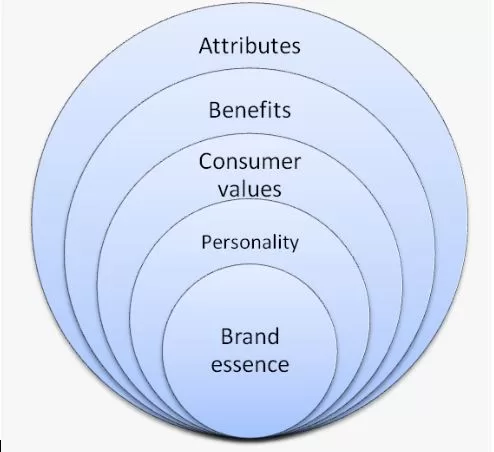
Nvidia marketing strategy is based on the following principles: – Focusing on unique selling proposition. Nvidia produces highest quality graphics processing units (GPUs) and related software, as well as, system-on-a-chip (SoC) products for various platforms. Nvidia unique selling proposition is associated with the superior performance of its products and the company communicates this value proposition to the target customer segment through various marketing communication channels. – Usage of channel marketing. The multinational technology company has strategic collaboration in place with its channel partners such as system integrators and OEMs. This collaboration is important to pass the marketing message about advanced product features and capabilities to end-users. – Content marketing. Marketing strategy of Nvidia makes a great use of content marketing. Specifically, the company educates their potential customers about advanced features and capabilities of their products through YouTube videos, blog articles, whitepapers, and case studies. Nvidia marketing strategy can be also explained through the application of Brand Essence Wheel Model. Nvidia brand essence is the core and overall image of the company and it has the following important elements: – Attributes are verifiable facts about the company. Nvidia is one of the largest GPU producers in the world. The US-based company has been in the business for more than 30 years. – Benefits relate to the tangible points of differentiation. Nvidia customers benefit from attractively designed GPUs and other related products that offer highly advanced features and capabilities. Brand Essence Wheel – Consumer values are elements that company celebrates and promotes. For the US-based the multinational technology company it includes innovation, effectiveness, diversity and inclusion. – Personality refers to a set of human characteristics that can be applied to brands. Nvidia brand personality is associated with being dynamic and sophisticated. Nvidia Corporation Report contains the above analysis of Nvidia…

WeWork marketing strategy is based on the following principles: 1. Effective use of social media marketing. The global flexible workspace provider efficiently uses social media marketing through viral marketing, localized Facebook ads appealing to the needs and wants of the local customer segment. Furthermore, there are many YouTube videos with positive customer testimonials for using WeWork co-working spaces with positive implications on the brand image. 2. Celebrity endorsement. Although the leadership style of the co-founder and former CEO Adam Neumann had proved to be devastating for the company, he was able to engage in celebrity endorsement in cost-effective manner. Celebrities such as Drake, Ashton Kutcher and Hugh Jackman were spotted in WeWork headquarters with positive implications to the brand image. The co-working giant continued with celebrity endorsement even after the departure of Neumann. 3. Focus on the product and place. Within the framework of 7Ps of marketing WeWork focuses on product and place elements of the marketing mix to a greater extend compared to other elements. The global flexible workspace provider offers workspace as a service – creatively designed, furnished, flexible and without long-term commitments. This is the unique selling proposition for WeWork. The co-working giant has a network of 756 locations worldwide, including 277 locations in the US as of December 2021. 4. Effective market segmentation and positioning. The co-working giant uses functional and multi-segment positioning techniques and targets customers mainly in urban areas in 38 countries worldwide. In terms of occupational segmentation criteria WeWork targets self-employed individuals, professionals, senior managers, executives and business owners. 5. Integrated use of marketing communication mix. The co-working and office space operator uses several marketing communication channels such as print and media advertising, sales promotions, events and experiences and public relations in integrated way to communicate marketing message to the target customer segment.…
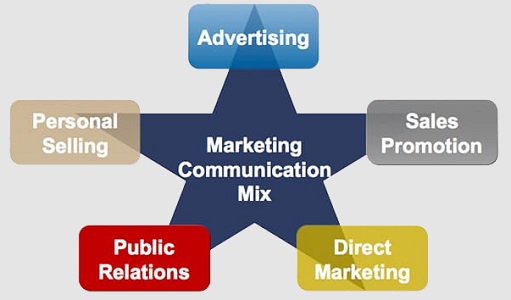
Defined as a “dialogue between business unit and its present and potential customers that takes place during pre-selling, selling and post-selling stages”[1], marketing communication mix, or promotion mix is considered to be a fundamental aspect of business marketing initiatives. Kotler and Keller (2009)[2] divided marketing communication mix into the following six categories: advertising, sales promotion, events and experiences, public relations and publicity, direct selling and personal selling. 1. Advertising is “a paid non-personal communication about an organisation and its products transmitted to a target audience”[3]. The following are important platforms of print and media advertising: TV Radio Magazines Newspapers Billboards & posters Viral marketing Celebrity endorsement Product placement 2. Sales Promotions is a marketing strategy which involves using temporary campaign or offer to increase interest and demand on products and services. The following are popular sales promotion techniques: Seasonal sales promotions. Businesses may reduce the prices of certain items during holidays and festive seasons such as Christmas holidays. Money off coupons. Customers receive coupons by mail, in store or they cut coupons our of magazines or product packaging to purchase the product next time for lower price. Purchase of a product allows the customer to participate in a game to win a price. Discount vouchers. A voucher that can be used to purchase a product at a reduced price. Free gifts. Customers get an item for free if they purchase a product. Point of sale materials. Use of posters, display stands and other promotional tools to present the product to customers within the shop. Loyalty cards. Possibility for customers to earn points for buying specific products or buying from specific sellers. Accumulated points can be exchanged for goods or other offers. For example, Tesco Clubcard, Sainsbury’s Nectar etc. 3. Events and experiences, as a marketing mix component relate to a…
